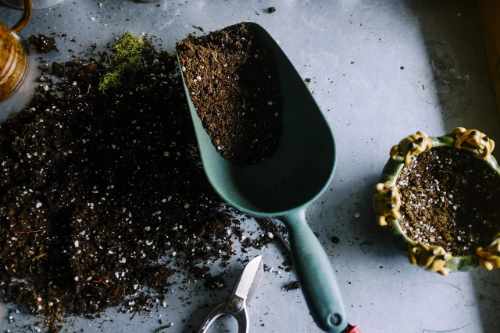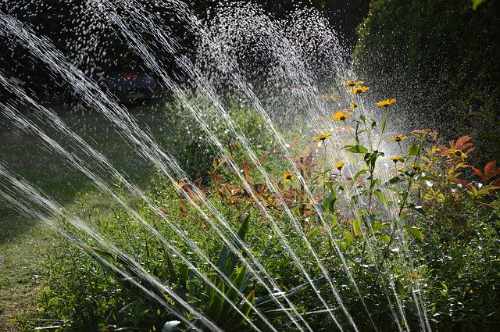Your cart is currently empty!
Canada’s Green Acres: Finding Your Perfect Farm for Sale
British Columbia's vineyards to Quebec's dairy farms, Canada offers a variety of rural properties. We delve into provincial regulations on foreign ownership.
Your cart is currently empty!
Backyard gardening is good for physical health and well-being, and it’s an enjoyable hobby that can help you to connect with the natural world around you — and feel happier, calmer, more positive, and less stressed. And if you’re ready to experience these many wonderful benefits firsthand, the following tips and resources will help you to plan, design, plant, and maintain your new backyard garden. Read on, and let the fun begin!
The first few steps to planting a backyard garden include choosing a location, designing and planning the outdoor space, and selecting the right types of plants for your climate and region. Here are some tips for getting started.

After planning your garden, you’ll need to test and improve the soil before you can start planting. Here’s how to do it!

To grow a healthy garden, you’ll need to care for your plants throughout the growing season and ensure that they’re receiving plenty of water, sunlight, and nutrients. These garden watering basics will help you give your plants everything they need to grow and thrive!
Backyard gardening requires a bit of trial and error, but these resources will help to eliminate some of the more common mistakes beginner gardeners tend to make. However, try not to be discouraged if your garden doesn’t perform as well as you’d hoped. Planning and tending to a garden is half the fun — and you can always try again next year!
British Columbia's vineyards to Quebec's dairy farms, Canada offers a variety of rural properties. We delve into provincial regulations on foreign ownership.
Grow beautiful, low-maintenance lantana for your home or garden with the right materials and tips. Lantana plants are easy to start from seed and suitable for growing in containers indoors or outdoors. Learn how to start, repot, and care for lantanas today!
I can’d wait to see how it all turns out! Try propagating cutting from supermarket herbs to start your own garden of salad greens and peppers!
Add Some Winter Protection & Variety to Your Garden: Try Microgreens! Make the most of your plants this winter. Try out the cool and unique flavor of microgreens. Check out this article to learn how to protect your plants with snow, add variety to your garden with seed catalogs, and cultivate microgreens to spice up your breakfast.
Discover the benefits of using plastic sheeting and mulch in your garden to boost plant growth, control pests, and improve yields.
GardeningCalendar.ca gets some funding from advertisers. If you click on links and advertisements at no cost to you, the site may receive a small commission that helps fund its operation.
© 2025 J&S Calendars Ltd.
Leave a Reply
You must be logged in to post a comment.